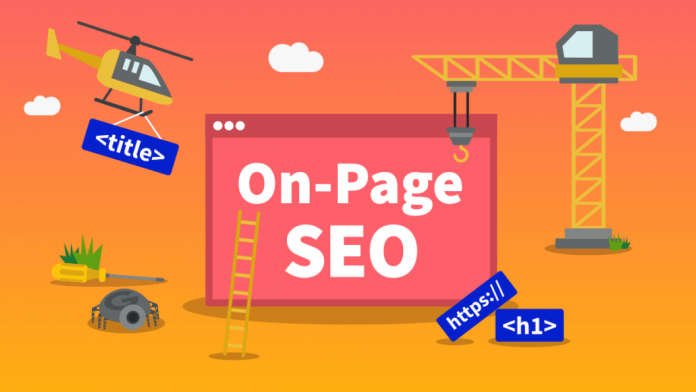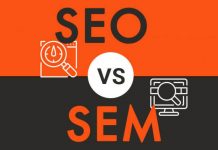In search engine optimization (SEO), on-page factors play an important role. On-page elements include the structure of the page, the use of relevant keywords, and the content quality. By making the pages easy to crawl and understand, you can make them more relevant to users. The goal of on-page SEO is to make your site easy to find through a search. This process is crucial to improving your website’s rankings and traffic.
The first step in on-page SEO is a high-quality page content. The content should contain information that users find valuable and that is unique to the website. After that, the rest of the on-page elements should be relevant to the content. In HTML terms, these elements are the ones found in the source code. The content should also be relevant to the URL. The page should be optimized to provide a user experience that will keep them coming back.
The next step is to optimize your website for Google’s search engine. Depending on the keywords you choose, you can optimize your content by considering user intent. Understanding what a user is looking for in a search query is the first step toward optimizing your content. Meta data should reflect the user’s intent, and professional SEO agencies and teams can help with keyword research and integration. Once you have the right meta data, you can then start integrating the keywords into your site.
The next step in SEO is creating an engaging content environment. You can make reading easier by using bold passages and images. Several studies show that a user’s experience improves with ease of reading. When the content is accessible to them, it will encourage them to explore and come back. On-page SEO is an important element of online marketing and should be considered alongside other digital ad campaigns. If you have the time and money to devote to the process, it will be well worth the investment.
On-page SEO starts with the content of your webpage. In a search, it focuses on a keyword’s relevance to the user’s intent. By making the page as relevant as possible to the user, it will attract more attention from Google and increase the chances of being found by a searcher. If you don’t want to spend any money on advertising, on-page SEO is essential. The goal is to get your content noticed and gain more visitors.
Another important part of on-page SEO is internal linking. It not only makes your site easier to crawl by Google, but it keeps visitors engaged longer. Breadcrumbs are a navigational aid that helps Google understand your website’s structure. They are tiny text paths that are clickable and can be viewed in the search results. It is important to use these techniques to enhance the content on your page and improve your website’s search engine rankings.
The best on-page SEO strategy incorporates internal linking. By integrating internal links throughout your website, it will be easier for search engines to crawl your website and keep visitors engaged for longer. Additionally, breadcrumbs are useful navigational aids that help Google understand the structure of your website. These little text paths are clickable and appear in Google’s search results. It is not difficult to implement on-page SEO. You can even use a combination of on-page and off-page strategies to boost your search engine rankings.
Content is key for on-page SEO. You can also use internal links to optimize your website’s content. A well-written and optimized page will attract more visitors and increase your ranking in Google. There are a number of on-page factors you can implement. In order to achieve a high search engine ranking, you should also optimize your site’s content. If you have a good website with lots of content, make it even better with SEO on page.
On-page SEO can be used to optimize the content of a website. It can improve your website’s visibility on Google by improving its content’s performance. While on-page SEO focuses on technical specifications, it still pays to focus on the customer experience. Poor content can turn readers off. To keep content focused on the customers, you can use personas. If you can develop a detailed picture of your ideal customer, you will be better able to optimize your pages accordingly.








